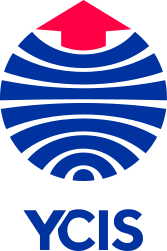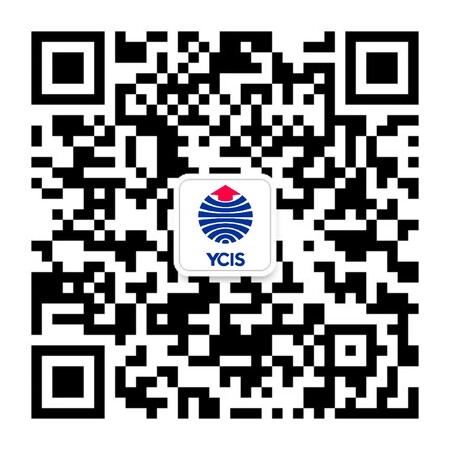Go Back
News
News
From Brush to Paper: A Picture of True Language Immersion
News
13 May, 2016
10 : 00
At YCIS Beijing, we know that immersion in a cultures’ traditions and practices is the best method of acquiring cultural and language learning. Similar to our Year Six Kite Workshop, our bright Year 2 students were given the opportunity to gain hands-on experience with one of China’s oldest and most respected art forms: Chinese brush painting.
The History
First emerging around 4000 B.C. during the Warring States Period, traditional Chinese painting has developed continuously over a period of more than six thousand years. Evolving over multiple millennia into its current form in which traditional Chinese and Western painting techniques have merged closer together, Chinese brush painting is a highly valued and respected art form. In addition to its cultural value, a single painting, painted on a 2 RMB piece of rice paper, can easily sell for over 2 million RMB. Needless to say, after learning the cultural significance behind this ancient art and the monetary rewards that can be reaped upon mastering it, our budding young artists were quite eager to get started on their own masterpieces.
The Basics
Before getting to work, students must understand and respect the tools of their trade. Referred to as “The Scholar’s Four Jewels” (文房四宝 Wénfángsìbǎo), students are introduced to the calligraphy brush (毛笔 Máobǐ), ink stick (墨 Mò), rice paper (宣纸 Xuānzhǐ) and ink slab (砚台 Yàntai). Our Chinese Co-Teachers first demonstrated how to use these tools before giving students the opportunity to try it for themselves. Through learning the four methods of painting bamboo leaves, students learnt that the secret behind Chinese brush painting is patience and accuracy. Each brush stroke is a defining move that produces a portion of the painting that needs neither improvement nor correction. No sketch is prepared and no model is used; the artist paints with rapid, mentally constructed strokes which transport a 'mind image' to paper. The image created is the expression of personal feelings and is generalization of the image of the refined. Rather than looking at the subject as you paint, you bring forth the image in your mind and translate it to the page. This method of visualization is extremely evident as a form of expression in the Chinese language.
The Results
While students produced results of varying success, each student nonetheless developed a deeper understanding of the finer points of Chinese culture and its relation to language. Learning Chinese brush painting requires patience, calmness, and the cultivation of attention. The mastery of this art requires many years of dedication, serious study, and self-discipline. By respecting, understanding and practicing Chinese brush painting, our Primary School students found the simple truth behind the written Chinese language and the traditional approach that is at the heart of Chinese culture.
To learn more about YCIS Beijing’s immersive and highly effective Chinese Language programme, please follow this link. To find out about all the latest news happening at YCIS Beijing, click here.









